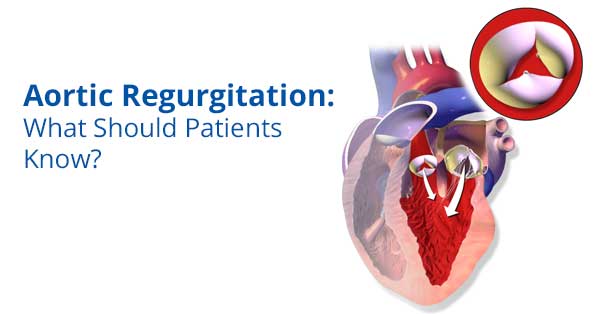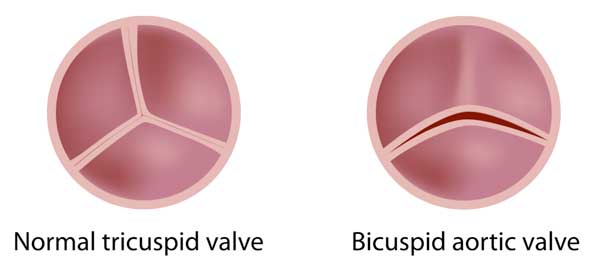Doctor Q&A: Using Aortic Repair Techniques for Aortic Regurgitation
Written By: Adam Pick, Patient Advocate, Author & Website Founder
Page Last Updated: May 11, 2025
Over the past several months, I’ve noticed a steady rise in the number of patients in our community who are diagnosed with aortic regurgitation. That said, I wanted to create new educational resource to help patients with a leaking aortic valve.

For this reason, I met with Dr. Allan Stewart, a heart valve surgeon in Miami, Florida. Specific to the topic of aortic regurgitation, Dr. Stewart is an aortic valve specialist.
Dr. Stewart Says…
I’ve been in practice for 14 years and have performed about 5,000 open heart surgeries. I focused on heart valve disease because it’s an opportunity to hit reset on a patient’s life. It can be easily fixed by tailor-making an operation for an individual patient and bring them back to a point where they can live a robust life with no restriction.

Dr. Allan Stewart
The aortic valve is a one-way check valve, meaning that if the pressure underneath it is higher, the valve’s open. If the pressure on top of it’s higher, then the value is shut. Now there are a variety of reasons why that normal function just doesn’t work. In aortic regurgitation, it means that when the valve’s trying to close, the leaflets don’t touch together. It’s getting that blood that just got sent out of the system back down into the ventricle, which over the course of time causes the heart to fail.
Common Causes & Symptoms of Aortic Regurgitation
The most common causes of aortic insufficiency are one, a heart valve infection. The second is a bicuspid valve where you’re born with two leaflets rather than three. Because those two leaflets are fused over the course of time, one of those leaflets may drop down and not touch properly anymore. The third reason is there’s something wrong with the aorta, meaning the aorta has an aortic aneurysm or the attachment point to the heart, the so-called aortic annulus, has gotten bigger. It’s weakened. And because that gets bigger and bigger, the leaflets don’t grow with it.

The most common symptom patient has when they have aortic insufficiency is a heart murmur. That murmur means that that’s that whooshing sound of blood that’s instead of having the bump-bump of the two heart sounds, one of the values doesn’t bump because it doesn’t hit together, so there’s a whoosh. Once there’s severe aortic insufficiency, the heart will start to dilate. When the heart dilates, all the muscle fibers that are interconnected start to pull apart, sort of like playing tug of war and two or three people drop off your line. You can’t pull with the same strength anymore, in much the same way you can’t pull on those fibers. The fiber’s weakened, so then the heart can’t squeeze. The heart gets bigger, and bigger, and bigger and because it can’t squeeze, you get congestive heart failure.
The symptoms of aortic insufficiency are shortness of breath, a productive cough, swollen ankles, lack of energy, easy fatigue, a lack of desire to exercise. Drugs can’t cure aortic insufficiency because it’s a mechanical problem with a check valve. The only true treatment for aortic insufficiency is to fix the valve.
Aortic Repair for Aortic Regurgitation
My preferred treatment for aortic regurgitation would be an aortic valve repair and here’s why: it’s always better to keep the leaflets that you were given by nature or by God because they last longer. If it’s a mechanical valve, well, you need Coumadin or warfarin for the rest of your life. If it’s a biological valve, that valve wears out. Your own valve, properly repaired, could last the rest of your life.
The aortic valve repair is not performed by most surgeons. It’s a subspecialty of adult cardiac surgery. The goal is to make the leaflets properly touch for about 4 or 5 millimeters. Now that involves three leaflets coming together. It’s quite complex to accomplish.
I hope this interview helped you learn more about aortic regurgitation. Many thanks to Dr. Allan Stewart for sharing his clinical experiences and research with our community.
Personally, I found his utility of aortic valve repair techniques to be very interesting. Stay tuned for more information about this growing trend toward aortic valve repair. Also, here’s more educational information you might like to review:
Keep on tickin!
Adam
|
steve says on January 17th, 2019 at 4:45 pm |
|
I have a question regarding bicuspid valve. Do you repair the valve even if there is an aortic aneurysm? Or do you repair both at the same time? |
 |
|
Larry Sparks says on January 19th, 2019 at 9:09 pm |
|
I wish I had this Dr.Stewart 5 years ago, it may have saved me from having to undergo an Aorta bovine valve replacement rather than a repair. I had a poor cardiologist that did not recommend early surgery which would have negated a heart attack. |
 |












